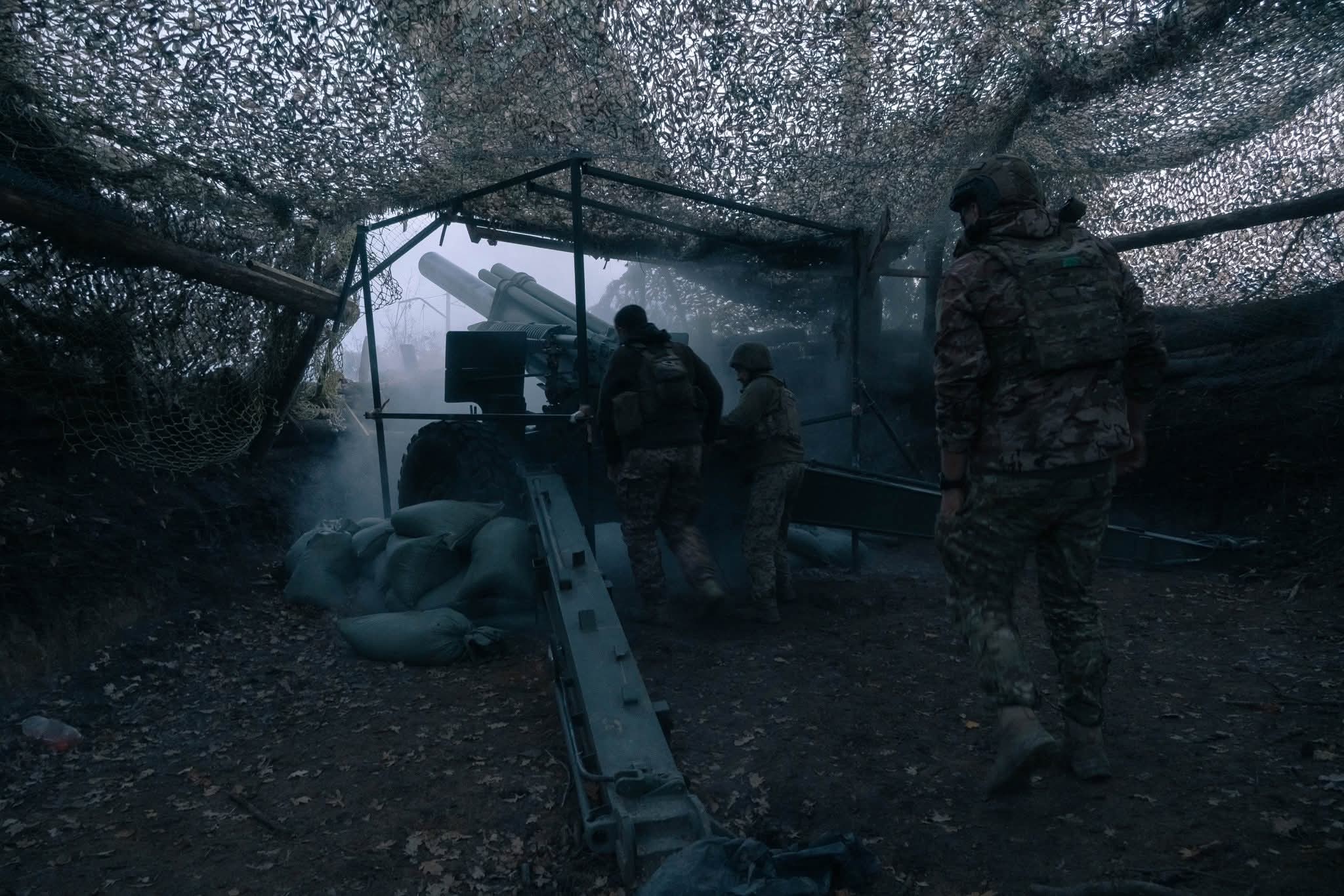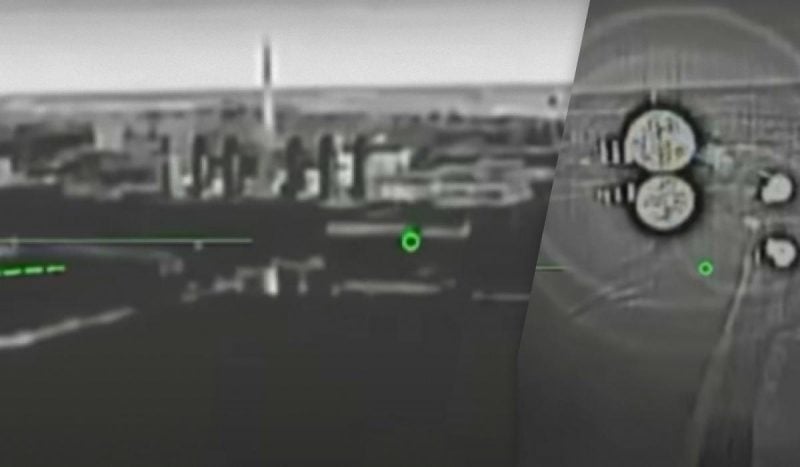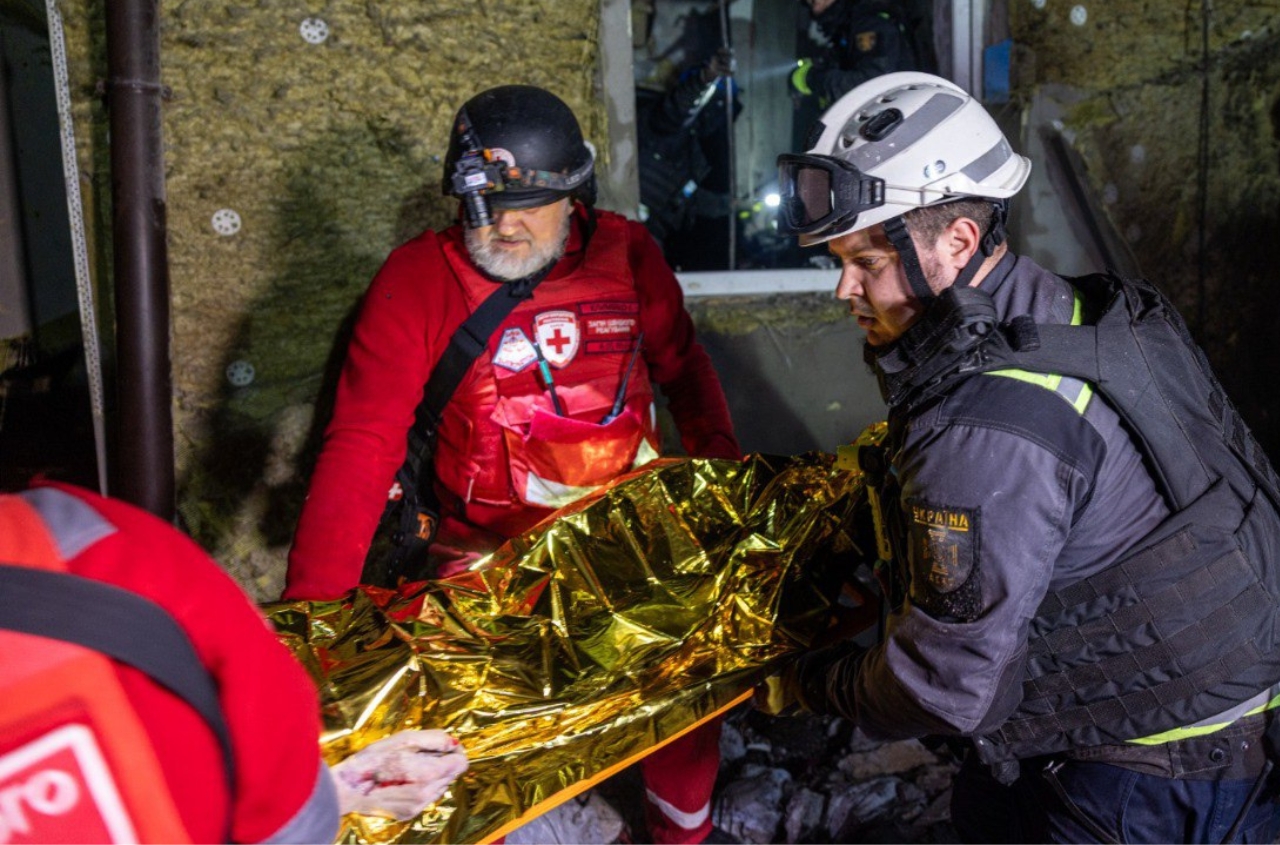The 6th Army Corps, at least from the perspective of the Ukrainian Armed Forces, is not exactly “just another Russian army.” For two main reasons:
It is clearly tasked with a fairly significant operational-tactical objective: to push the Ukrainian Armed Forces off the entire eastern bank of the Siverskyi Donets in the northeastern part of Kharkiv region (essentially, it has been assigned a kind of “revenge” for the Ukrainian offensive in the fall of 2022). If the 6th Army Corps successfully completes this mission, it could become that very “strategic straw” that negatively affects our entire strategic “backbone.” In essence, it would figuratively return Russian troops “to the walls of Kharkiv.”
It is commanded by a highly “notable” figure for Ukraine – Lieutenant General Serhiy Storozhenko (incidentally, a native of Kharkiv region). Yes, a former Ukrainian (meaning, of the Armed Forces of Ukraine) colonel and former commander of the 36th Separate Coastal Defense Brigade from Crimea.
He graduated from the Kyiv Institute of Ground Forces (class of 1996, reportedly even the Military Intelligence Faculty) and the National Defense University of Ukraine (2011), participated in the peacekeeping mission in Kosovo (KFOR), and at the same time… is a traitor and a war criminal. His troops, with enviable persistence and determination, strike not only military targets but also civilians, their homes, and civilian infrastructure in his native region of Ukraine—clearly following the direct orders of this scumbag, draped in Russian general’s epaulettes.
Under his new “masters,” this bastard rose significantly—from colonel to full lieutenant general—and even graduated in 2018 from the local “General Staff Military Academy.” He has held various positions, interestingly, not minor ones—from Chief of Staff of the 35th Army Corps to Deputy Commander of the Pacific Fleet.
This “figure” was not appointed by Putin to command the 6th Army by accident, especially given that its operations are directed at Kharkiv region. He is a native of that region, a former colonel of the Ukrainian Armed Forces, and has had a fast and successful career in Russia’s armed forces—from commander of the 126th Coastal Defense Brigade to army commander. Not every “Great Russian” can boast such a trajectory; he is practically a textbook, highly illustrative character for Russian propaganda. And, in my opinion, a very promising “target” for the work of Budanov’s or Maliuk’s teams.
As far as I understand, in addition to the units and formations of the 6th Army, this individual has also been given command—under the “single operational concept” of the “Belgorod–Kharkiv” operational-tactical group of troops of the “North” grouping—of forces and assets from the 11th and 44th Army Corps operating in the Vovchansk direction. This was done, so to speak, to strengthen the group, improve command quality, and enhance coordination. And that adds at least two motorized rifle divisions: the 18th (11th Corps) and the 72nd (44th Corps). However, the latter (the 72nd Division) can probably operate in these sectors (meaning the Vovchansk and Velykyi Burluk axes) only without two of its regiments—the 30th and 41st Motor Rifle Regiments, which are currently, one must assume, “quite occupied” in the Sumy direction.
There is also the 14th Army Corps (which includes the 71st Motor Rifle Division and the 80th Separate Motor Rifle Brigade). And although it should likely be considered a reserve of the entire “North” grouping (the 71st Division has only two standard regiments in its structure), the appearance of forces and assets from this corps within the 6th Army’s zone—as a “decisive reinforcement” or as a “follow‑on echelon to develop success”—is quite possible.
At the moment, the situation on the Kharkiv direction is as follows:
- The enemy’s 6th Army Corps, using its bridgehead on the Oskil River (the sector from Krasne Pershe to Stroivka), which it previously managed to capture and hold, as well as its salient in the border area near Melove, has moved to active offensive operations in the Melove–Krasne Pershe sector.
- The command of the 6th Army Corps is clearly concentrating its main efforts in the southern part of its sector, along the Kamanka–Kolodyazne and Stroivka–Dvorichanske axes.
- In addition, the enemy has clearly intensified activity in the tactical zone along the Melove–Ambarne direction, apparently aiming to pin down Ukrainian reserves.
- Attacking and assault actions involve units from both army divisions (68th and 69th Motorized Rifle Divisions), as well as several units from the 11th Army Corps.
- As of yesterday morning, the enemy had advanced along the Bologivka–Otradne direction (capturing Otradne), reached directly to Dvorichanske, and pushed forward from the Dvorichanske reserve area toward Novovasylivka.
The enemy is clearly trying to bypass a potentially strong Ukrainian defensive “node” in the Kolodyazne area from the north (advancing through Otradne) and from the south (moving toward Novovasylivka and Mytrofanivka).
In this sense, it should be noted that the enemy apparently has the capability to move additional forces to the Krasne Pershe area, as well as to the Otradne–Dvorichanske sector. Therefore, in my view, active enemy attacks and assault operations can be expected soon along the Otradne–Hryhorivka direction and from Krasne Pershe toward Novovasylivka and Mytrofanivka.
It is also quite possible that to support its actions along these directions, the enemy will intensify attempts to take control of Ambarne (with further advancement southward) and carry out attacks toward Figolivka from the bridgehead near Novomlynsk.
In a broader (operational) sense, on the Kharkiv direction we are currently witnessing a fairly obvious attempt by the enemy command to create favorable conditions for themselves to later “bite off” a substantial portion of Kharkiv region in its northeastern part. The simultaneous activation of enemy operations along both the Vovchansk and Velykyi Burluk directions clearly cannot be coincidental in this context.



















